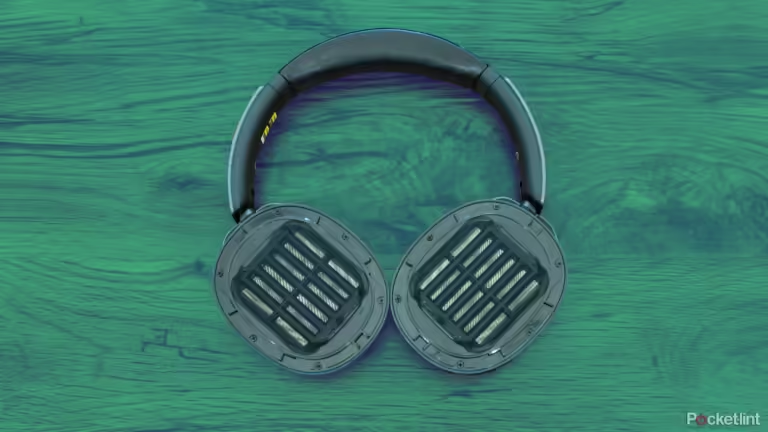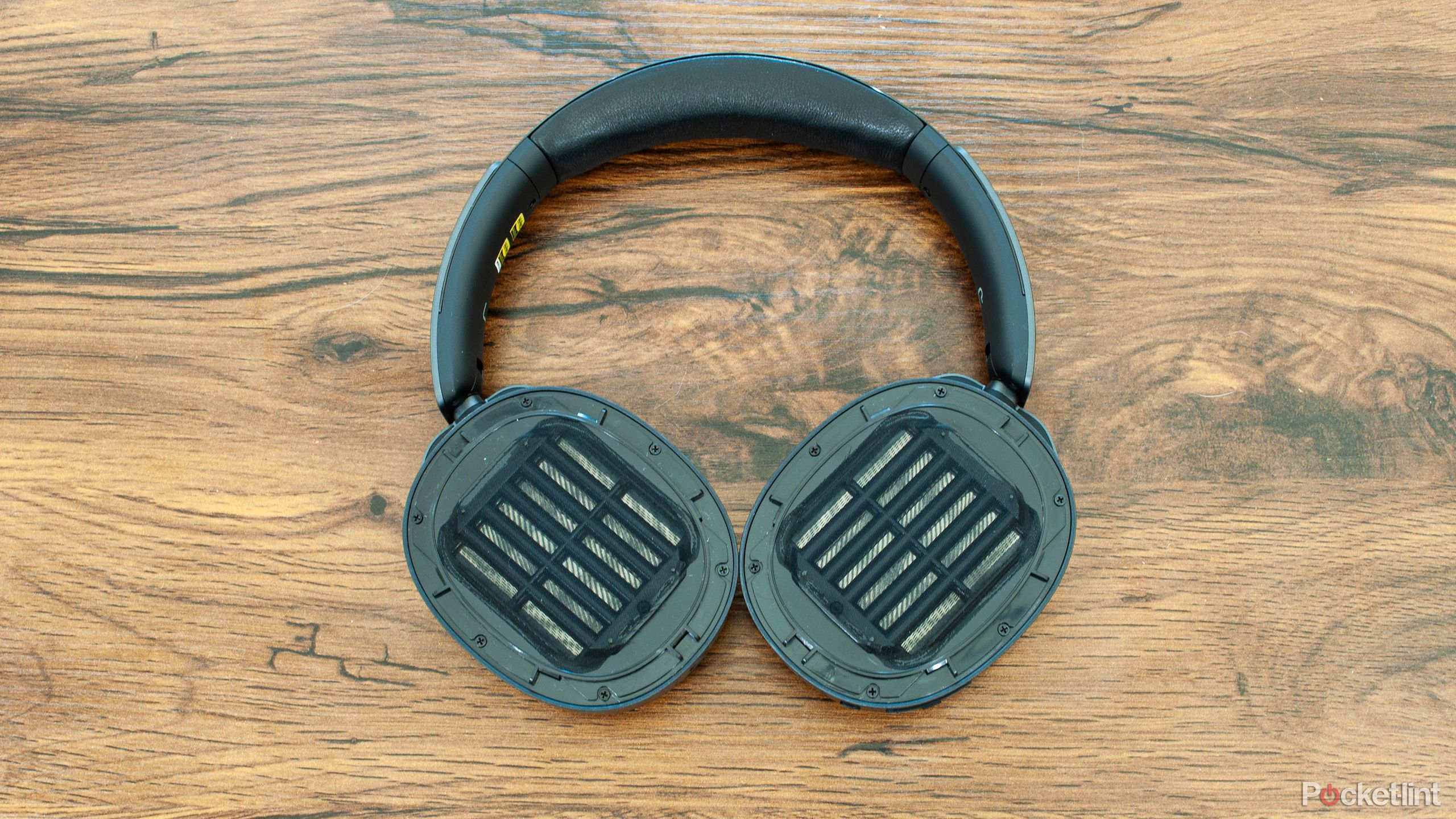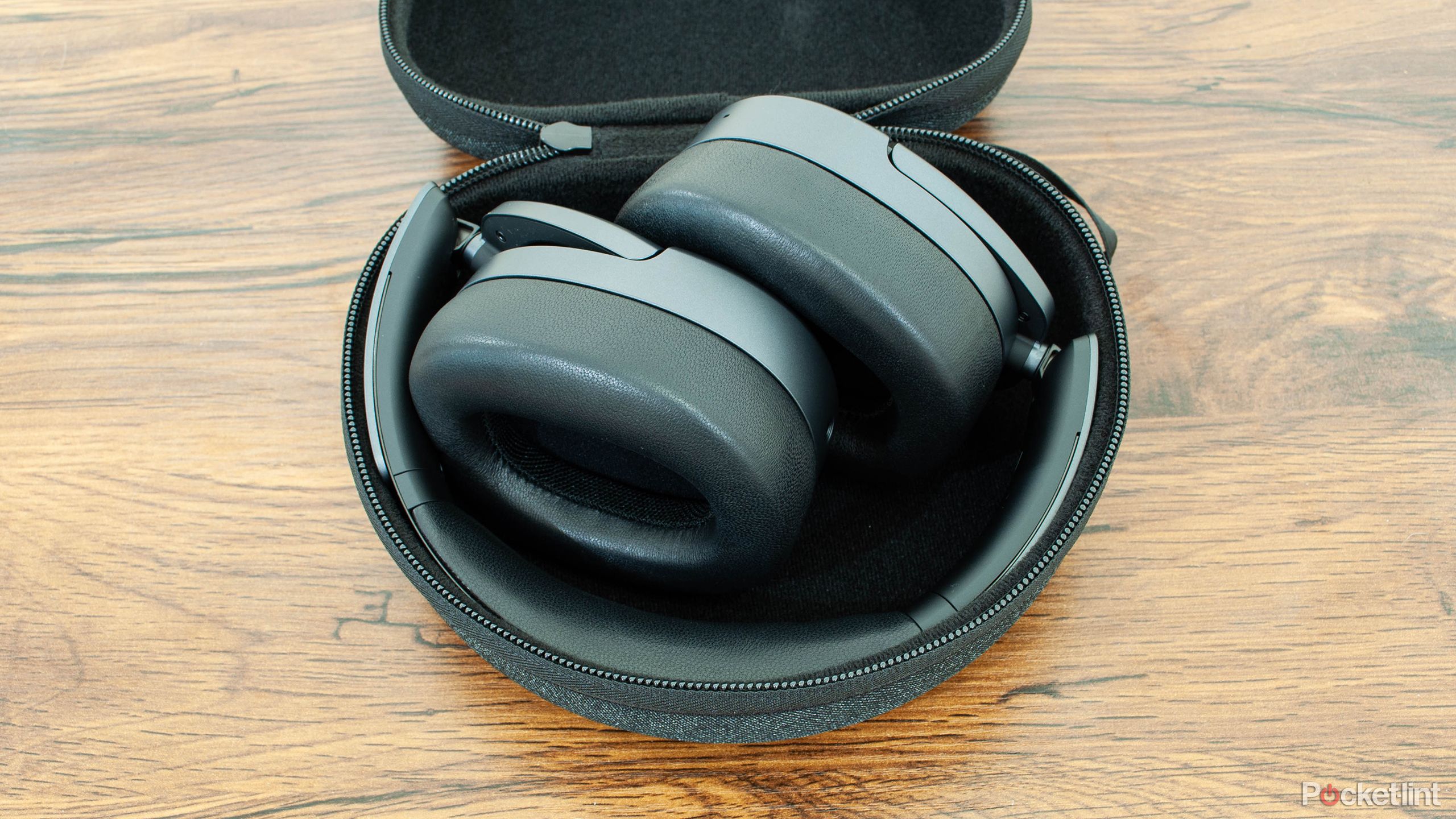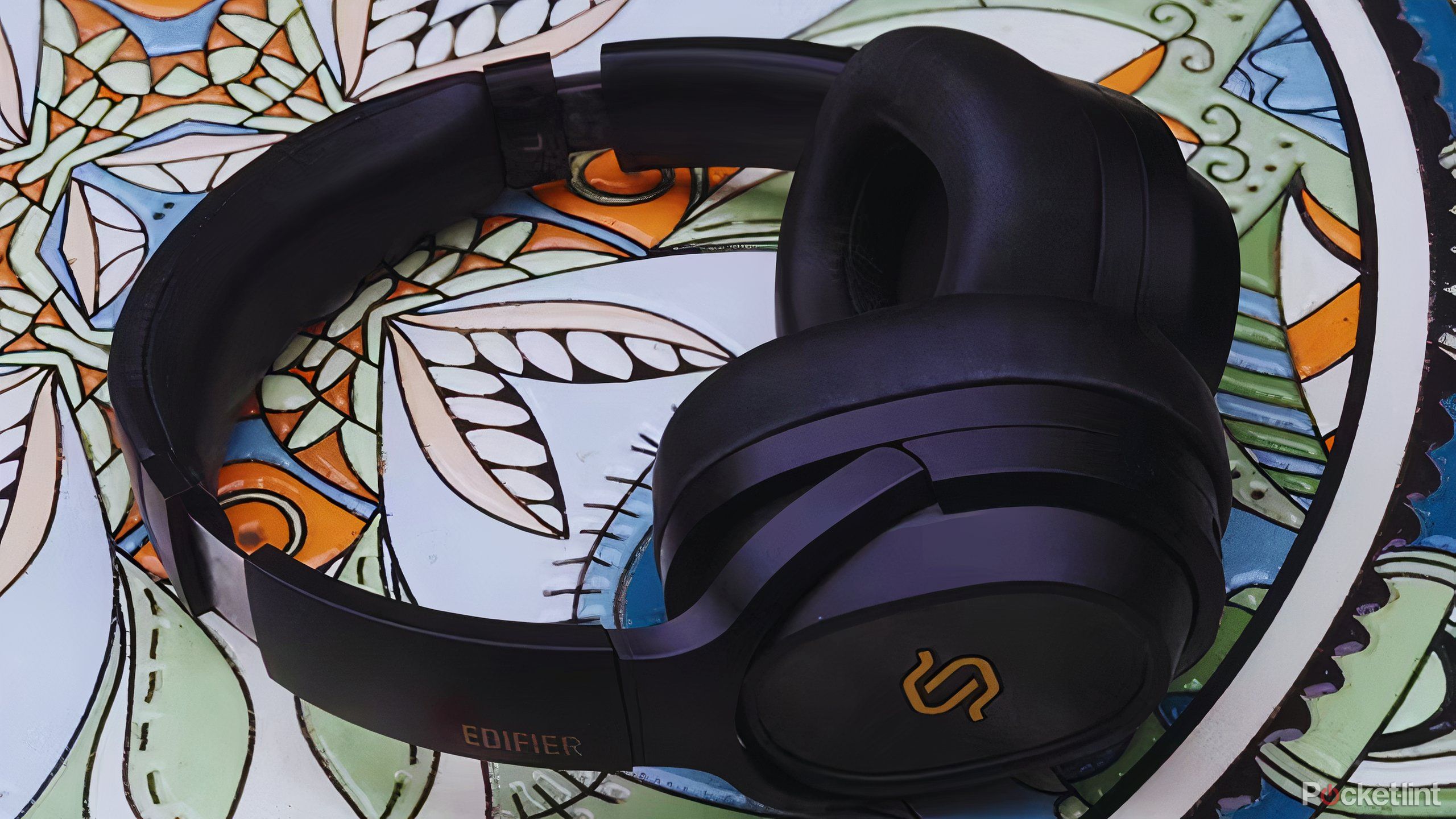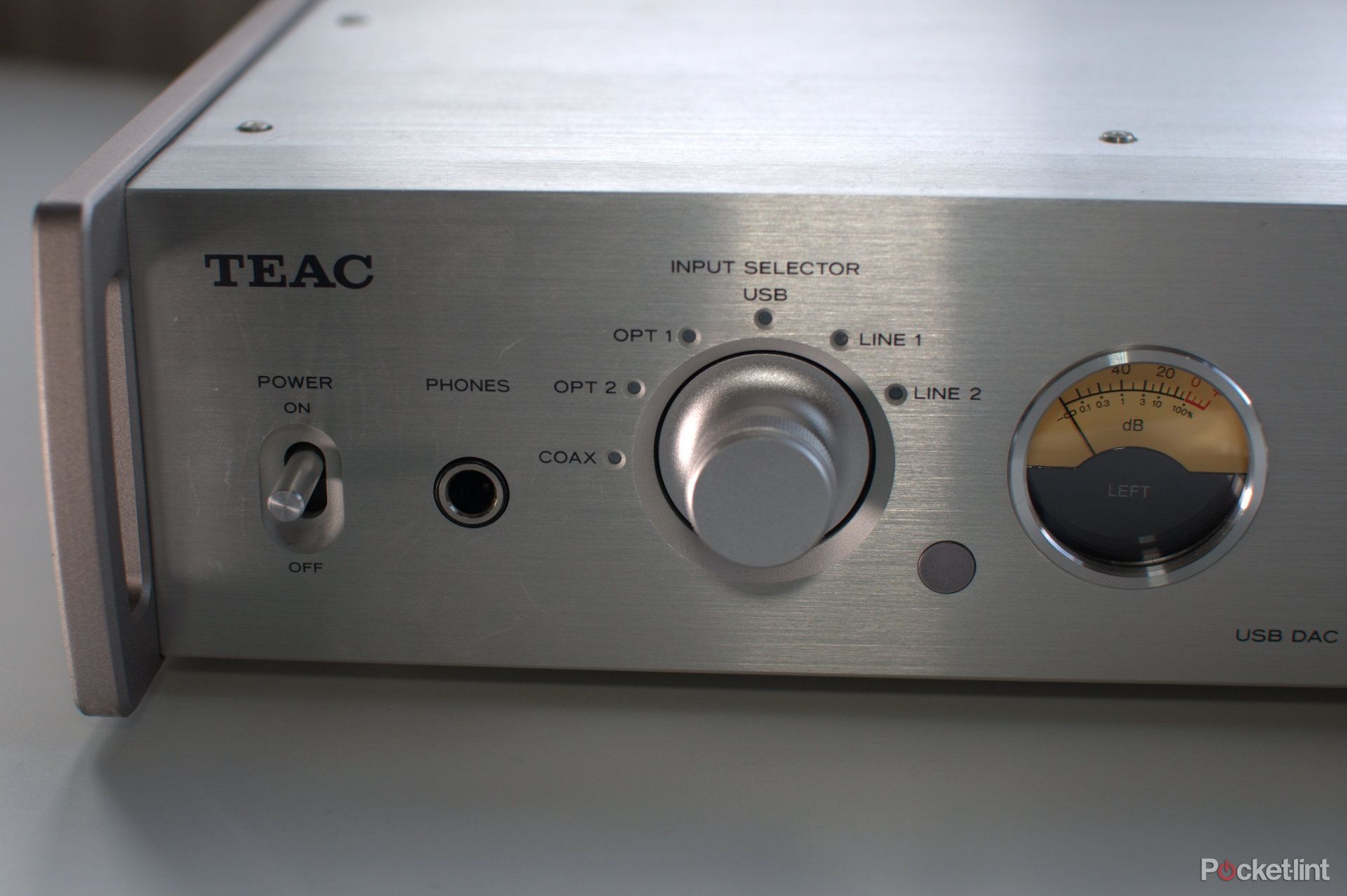Key Takeaways
- Planar magnetic drivers have a unique design that uses magnets and coils in a different way to create a different sound.
- Planar magnetic headphones are fragile, large, heavy, and expensive compared to other types.
- With excellent sound quality and a wide soundstage, planar magnetic headphones are perfect for audiophiles, but may require an amplifier for optimal performance.
You may have heard the term dynamic driver while reading the specs of your headphones. A less common type, and one that you’ll often find in more expensive audiophile headphones, is the planar magnetic driver. While all drivers use magnets, planar magnetic drivers use magnets in a specific way to produce a different kind of sound. These drivers are typically found in over-ear audiophile headphones and come at a high price, so if you have money to spare and want to enjoy a different, high-quality sound from headphones such as the Edifier Stax Spirit S5, they might be worth considering.
Here’s what you need to know about planar magnetic driver technology so you can decide if it’s right for your next headphone purchase.
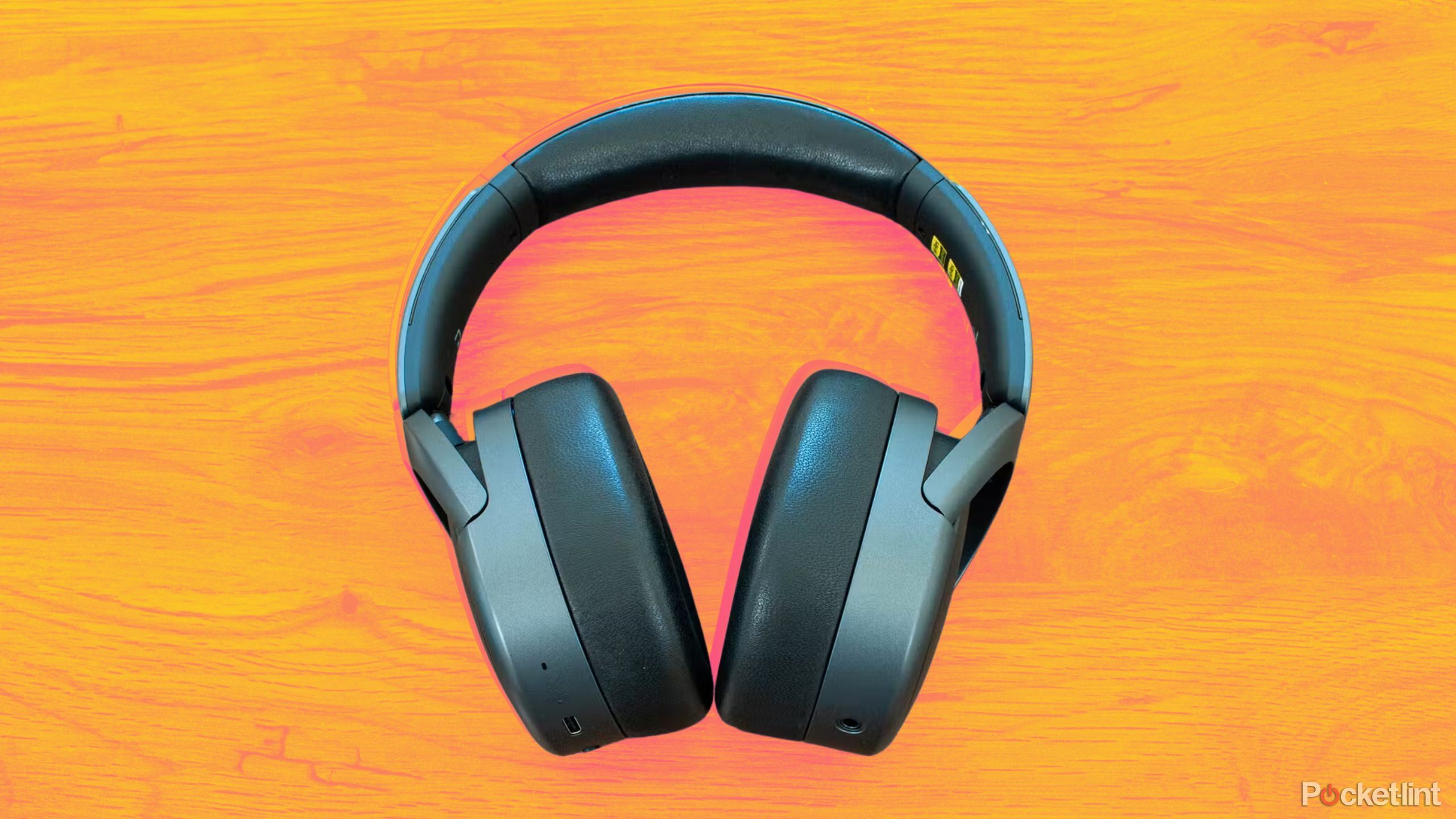
Related
Edifier’s new wireless headphones are the best I’ve ever tested
Edifier’s Stax Spirit S5 headphones deliver unparalleled sound quality, making listening to music even more enjoyable.
1 Planar magnetic drivers have a different structure than typical dynamic drivers.
Different designs mean different sounds
Most headphones use dynamic drivers, which use magnets to create a magnetic field that vibrates a coil attached to a membrane to produce sound. Dynamic and planar magnetic drivers both use magnets and coils, but their construction is quite different.
In a planar magnetic driver, a coil is placed inside a thin membrane, sandwiched between a circuit inside the membrane and two sets of magnets aligned in a row. When a current flows through the coil, a magnetic field is generated, causing the membrane to move back and forth between the magnets, producing sound. So in a planar magnetic driver, the membrane with the coil inside moves back and forth between the magnets, rather than a single magnet moving a coil attached to the membrane as in a dynamic driver.

Related
Do you need active noise cancellation in your headphones?
It’s a buzzword used by every headphone manufacturer, but how important is it, really?
2 Susceptible to damage
The downside of more moving parts is increased vulnerability
Planar magnetic drivers are more prone to damage than other drivers due to their construction: they use small, thin, narrow magnets which tend to be very fragile, and they use a very thin plastic membrane to allow the coil to move easily between the magnets, making the components very fragile.
Due to the fact that their intricate design is made up of many layers and tiny moving parts, there’s a risk of pretty severe damage to your planar magnetic headphones if you drop them, sit on them, step on them, or worse. Given that planar magnetic headphones tend to be expensive, it’s only natural that you don’t want to risk damaging them.
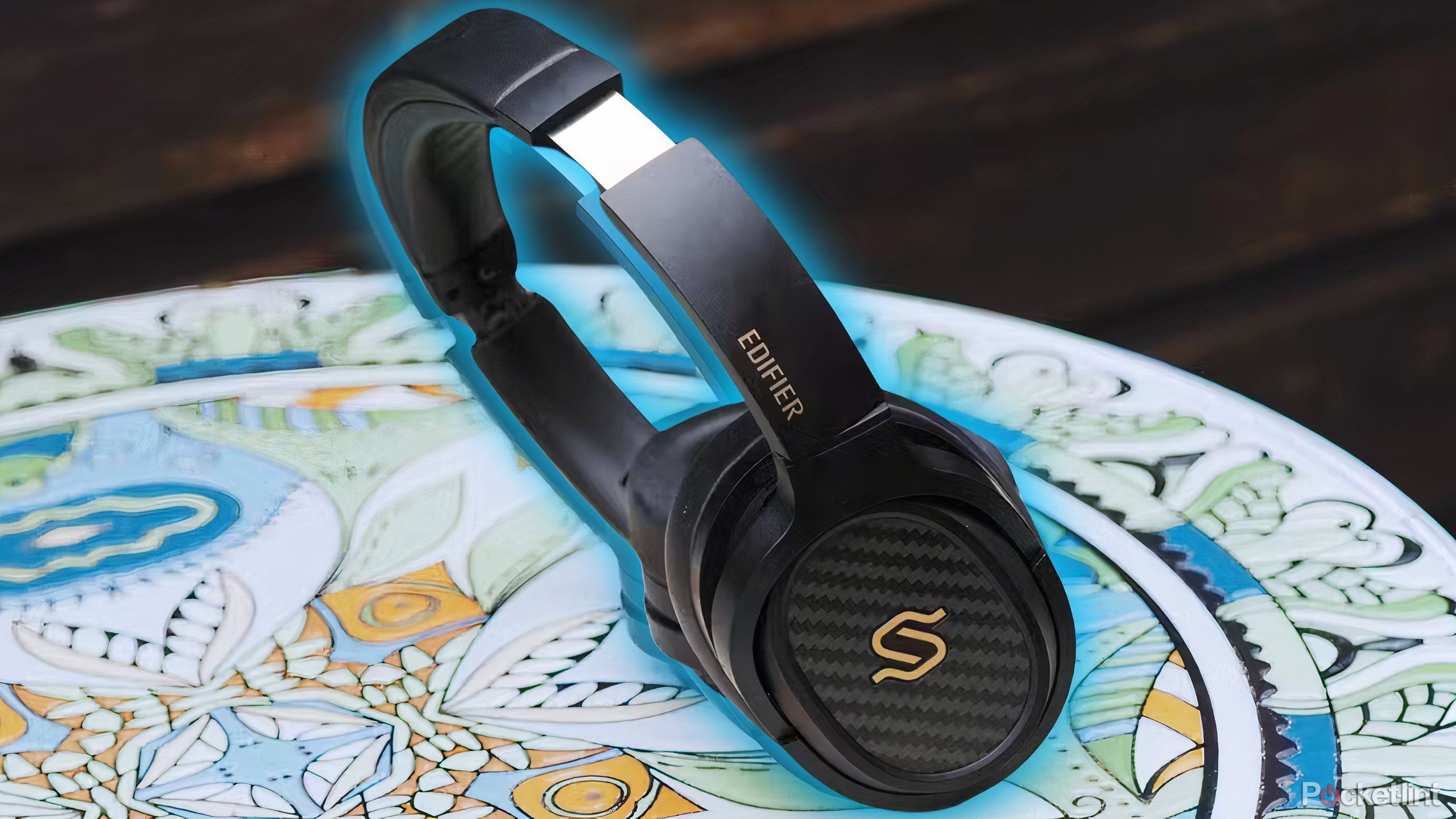
Related
Edifier’s planar magnetic headphones offer the best sound quality I’ve ever heard
The Edifier Stax Spirit S3 doesn’t try to compete with the big names in terms of ANC quality, instead focusing on producing full, clear audio.
3 They’re usually larger, heavier, and more expensive than most headphones.
Planar magnetic headphones aren’t your ideal commute companion
Planar magnetic driver designs require more space because they need to move two magnets and a diaphragm, so these drivers tend to be much larger and much heavier than other types of drivers. The drivers are also usually rectangular instead of circular, which requires more space and makes them a different shape than typical headphones.
For this reason, planar magnetic headphones aren’t really suitable for taking with you on the go. They’re not the kind of headphones you’d take on the bus to work, but rather the kind you’d use at home for leisure and to enjoy great sound.
These headphones have a complex design and require a lot of space, making them quite expensive to manufacture and, as a result, expensive for consumers.
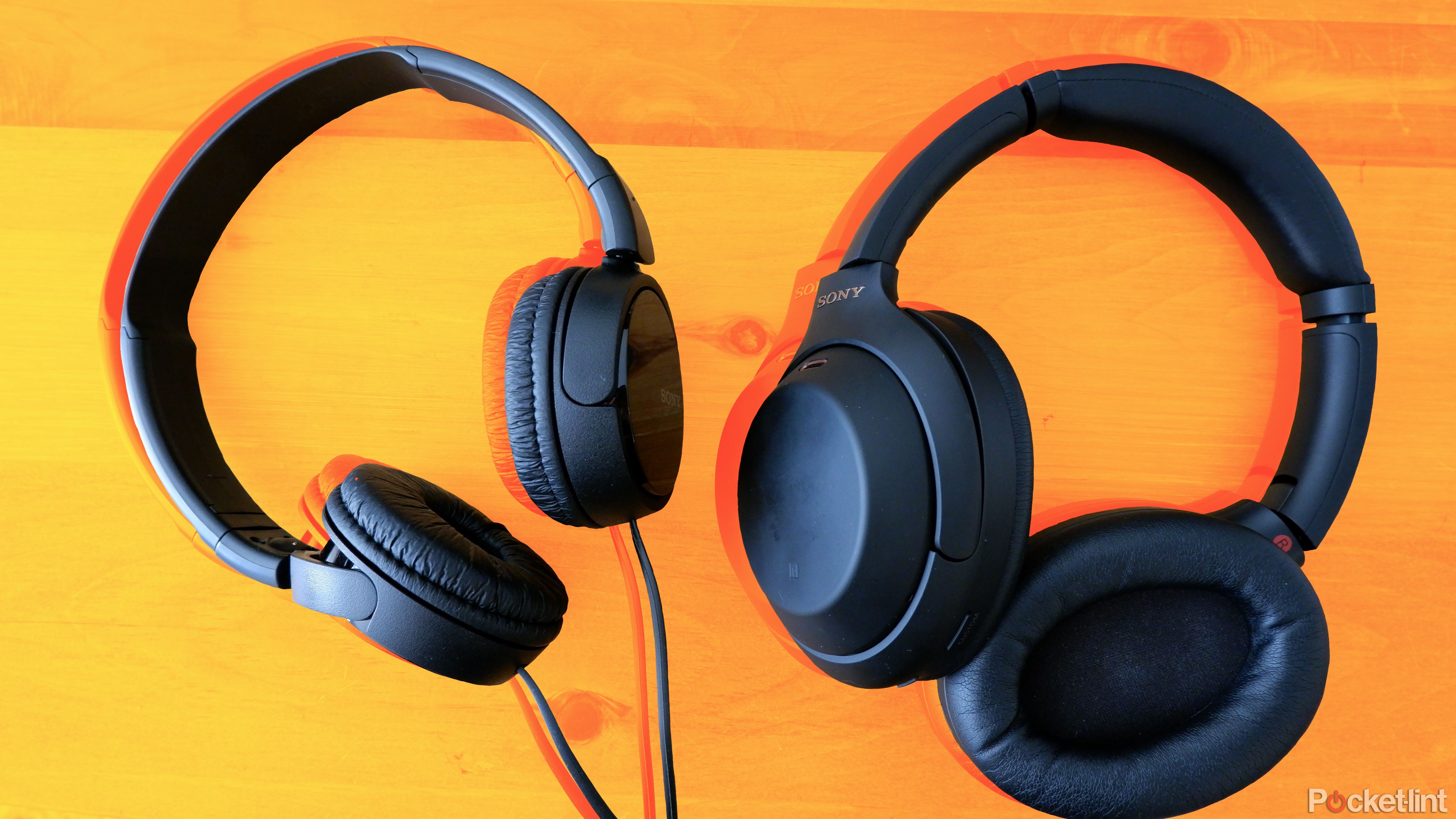
Related
The 4 biggest differences between on-ear and over-ear headphones
While they may seem similar on the surface, there are some key differences.
4 Planar magnetic headphones have excellent sound reproduction and soundstage
Truly a product made for audiophiles.
Due to their construction, planar magnetic headphones produce better sound quality, less distortion, and a wider sound field than most consumer headphones. Because the diaphragm is larger than a typical dynamic driver, allowing more movement between the magnets, planar magnetic headphones produce better bass and much clearer high frequencies with less distortion.
Planar magnetic headphones, especially open-back headphones, are also more likely to provide a better and wider soundstage. Simply put, a soundstage is the sense of space reproduced through headphones. A wider soundstage gives you a more spatial experience from your audio and allows you to distinguish individual instruments better than you would with a narrow soundstage.
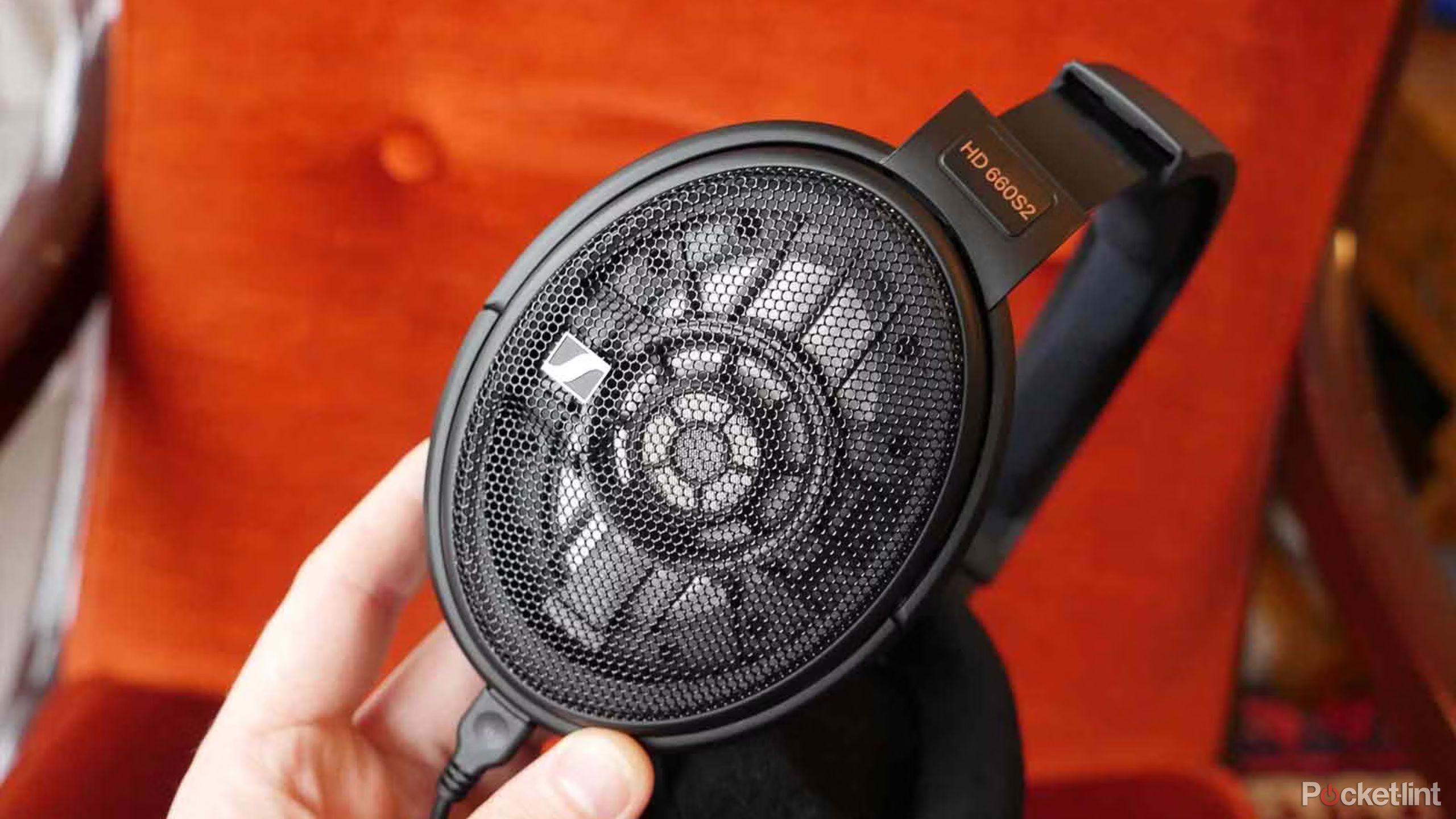
Related
Best Wired Headphones: Improve Sound and Looks
Wired headphones are experiencing a resurgence in style and sound quality, and these are leading the way.
5 You’ll need an amplifier to get the most out of it
It requires more power so usually needs a little boost
Planar magnetic headphones require more power than your average headphones, so you’ll likely need to use an amplifier for a better experience. Without an amplifier, you may not be able to get a satisfying volume from your headphones. This isn’t always the case and depends a lot on the impedance and sensitivity of the headphones. You can find this in the specs table of almost any headphone on the manufacturer’s or seller’s website.
Simply put, impedance is the resistance of the headphones to electrical current. The higher the impedance, the more power it takes to produce sufficient volume. Sensitivity is how loud the headphones can play at a certain power level. So these numbers can help you determine if you might need an amplifier. But if you buy planar magnetic headphones and feel like they’re not loud enough when you plug them into your phone, computer, or personal audio device, you’re definitely in need of an amplifier.

